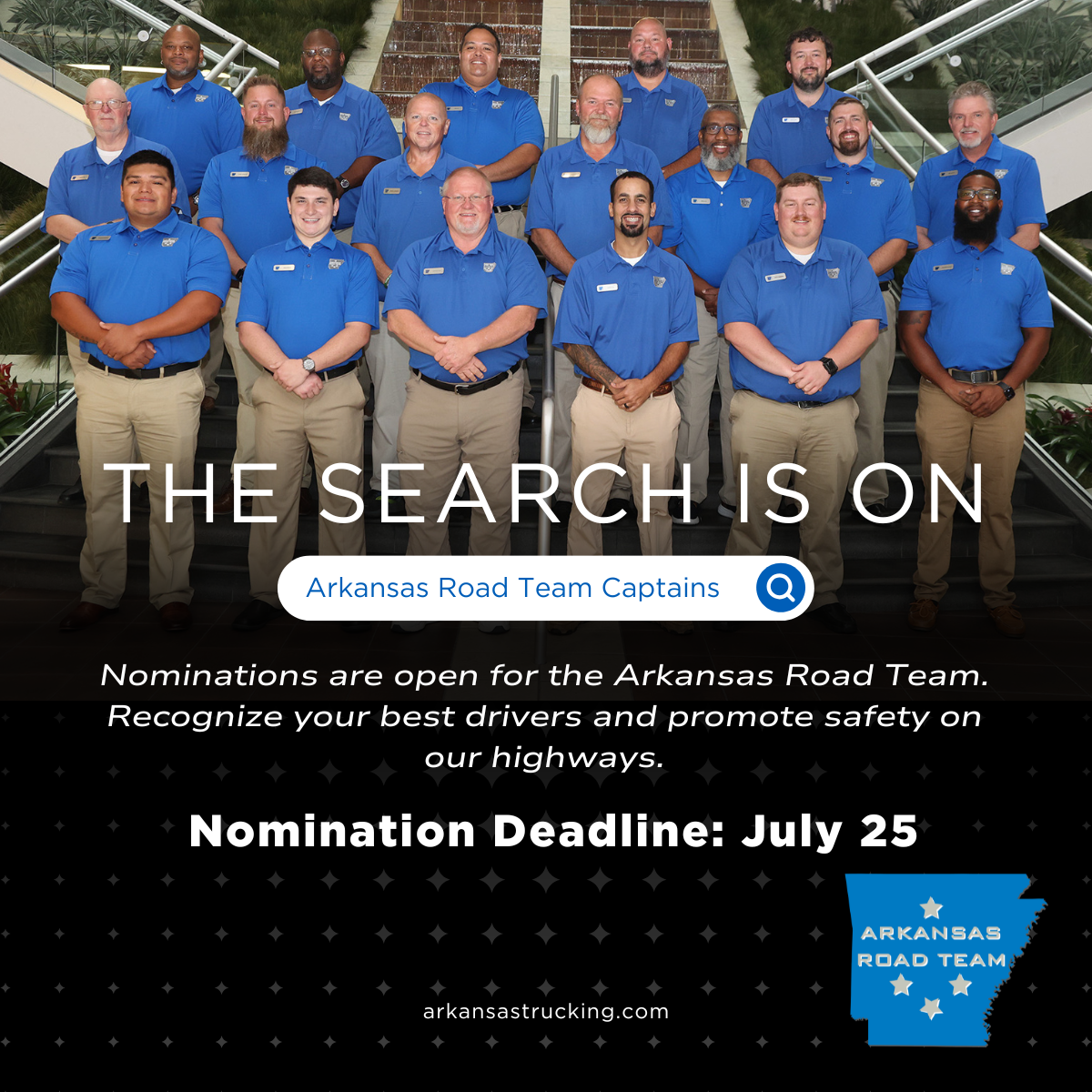On Sept. 16, dozens of safety-minded organizations launched a national coalition aimed at reducing the deadly threat of distracted driving on the nation’s highways. The National Distracted Driving Coalition, governed by a 100-member steering committee, plans to act as a central clearinghouse for local and state safety groups to promote national, innovative and collaborative approaches to shed light on and pursue legislation on talking and texting on cellphones, among other distractions.
The National Transportation Safety Board, American Trucking Associations, Federal Motor Carrier Safety Administration and National Highway Traffic Safety Administration are among the groups represented on the steering committee.
“Distracted driving kills thousands and injures hundreds of thousands in the United States every year,” said NTSB Vice Chairman Bruce Landsberg. “States are making some progress addressing this public health problem, but no state has implemented NTSB recommendations calling for a ban on the use of all personal electronic devices while driving except in case of emergency.”
Rep. John Carson (R-Ga.), a member of the steering committee, sponsored a “hands-free” cellphone bill that was passed into law in Georgia in 2018, and has recently been working on similar bills with state legislators in Arizona, Alabama, North Carolina, South Carolina, Missouri and Indiana.
“In addition to state law, what we want to do is change the culture,” Carson said. “Years ago, driving while intoxicated by alcohol was not as socially taboo as it is today. That’s where we want to get to with regard to distracted driving.”
ATA said the coalition plans to communicate the importance of having sufficient data to measure and track the problem, and will prepare policy and legislative briefing documents to support legislative initiatives.
“We know that ensuring safe driving behavior is key in improving highway safety, and perhaps no action would do more for the cause of safety than reducing distractions for drivers,” said ATA President Chris Spear. “America’s truckers see motorists on their phones while driving countless times a day, and if a driver is focused on a text or call, we know they aren’t focused on driving safely.”


